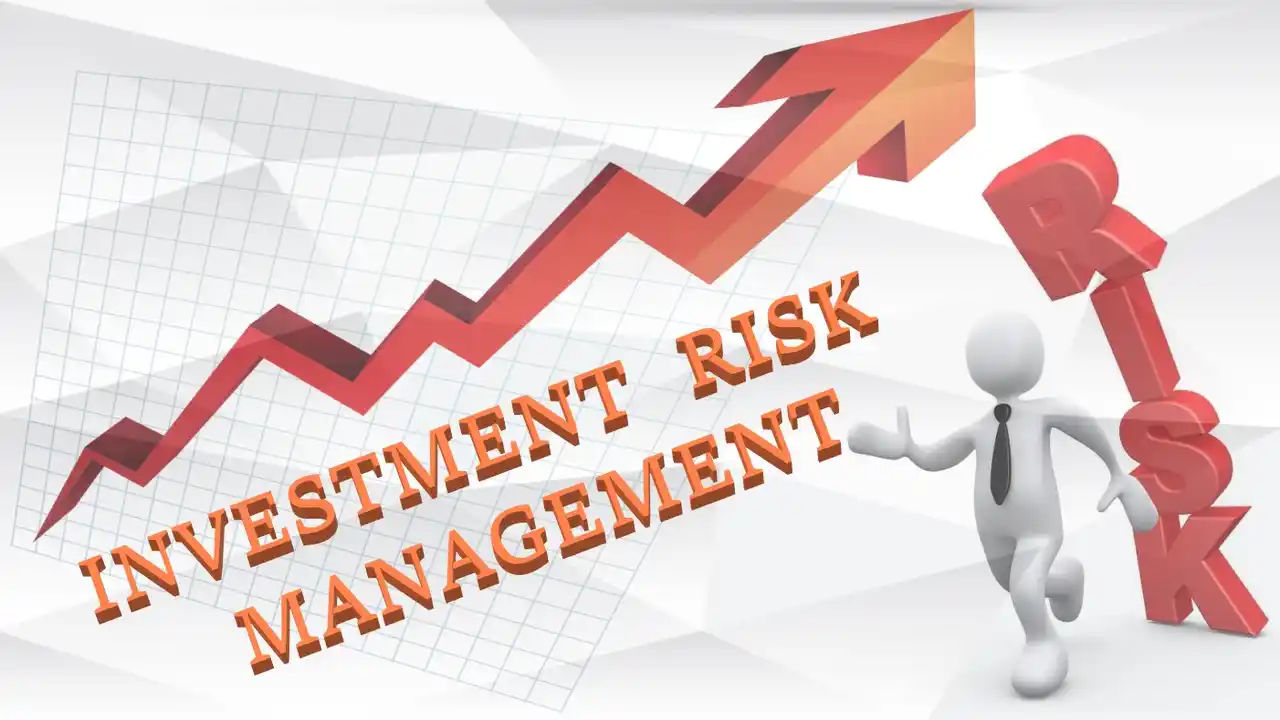Risks? Who invests without considering “risk”? You’ve probably heard of Benjamin Graham, the man who pioneered value investing. He also stated that investment is about risk management, not risk avoidance. Yes! Smart risk management aids to reduce investment risk. You’re probably thinking about investment risk management with examples. Don’t be alarmed! We’ll assist you in understanding financial jargon.
Successful investing does not imply avoiding all risk. Have you ever heard this? You can also read different types of investment risk for your more research purpose. “Without risk, there is no reward, therefore aim high!” We’ll show you how to deal with danger. Spreading your risks raises the possibility of higher returns, assisting you in the creation of wealth. For a more practical perspective on investment risk topic, read this case study of a successful implementation.
What is Investment Risk Management?
Investment risk management assesses and ranks potential hazards. Then, coordinated and cost-effective resources are used to reduce, monitor, and control bad outcomes or to capitalize on opportunities.
Investment risk management is the process of identifying, analyzing, and accepting or reducing investment uncertainty. Managing risk is the process through which an investor or fund manager assesses the probability of loss in an investment, such as moral hazard, and takes appropriate action (or none at all) based on the fund’s investment goals and risk tolerance.
Always risk is associated with return. Every investment involves some level of risk, which is minimal for US Treasury bills and high for developing market stocks and high-inflation real estate. Risk can be quantified in both absolute and relative terms. Understanding all sources of risk helps investors understand the potential, trade-offs, and costs of various investing strategies.
Understanding Risk Management
Financial risk management is commonplace. An investor purchases US Treasury bonds rather than corporate bonds, a fund manager uses currency derivatives to hedge his currency risk, and a bank evaluates a person’s credit before extending a personal line of credit.
Stockbrokers use options and futures contracts to mitigate risk, whereas money managers diversify their portfolios, allocate assets, and size their positions.
Poor risk management has a negative impact on enterprises, people, and the economy. Bad risk-management decisions by lenders who gave mortgages to people with bad credit.
Also investment firms that bought, packaged, and resold these mortgages, and funds that invested too much in repackaged. But still risky mortgage-backed securities caused the 2007 subprime mortgage crisis, which helped start the Great Recession.
How Does Investment Risk Management Works?
The word “risk” is frequently used negatively. Investing takes risk in order to create positive results. A divergence from expectations constitutes investment risk. This difference could be expressed in absolute numbers or in comparison to a market standard.
Most financial experts believe that the deviation predicts how your investments will perform. Take on more risk to make more money. Volatility grows when risk rises. Professional investors are constantly looking for ways to reduce volatility. They are at a loss as to how to proceed.
Moreover, the amount of risk an investor is willing to take is determined by his or her risk tolerance or, for professionals, the amount of tolerance their investment goals allow. The standard deviation is a well-known risk indicator. It calculates the spread around the mean. You examine the average return and standard deviation of an investment over time.
According to normal distributions, such as the bell-shaped curve, investment returns are one standard deviation from the mean 67% of the time and two standard deviations from the mean 95% of the time. For investors, this measures risk. People invest if they are financially and emotionally prepared to take on the danger.
Example of Investment Risk Management
From August 1, 1992 through July 31, 2007, the S&P 500 returned 10.7 percent per year. This graph depicts the overall period rather than the specifics. For the same time span, the S&P 500 standard deviation was 13.5 percent. This graph compares the average return to the true return over a 15-year period.
Therefore, the bell curve model predicts that 67 percent of findings should be within one standard deviation of the mean and 95 percent should be within two. Over this timeframe, an S&P 500 investor can expect a return of 10.7 percent plus or minus 13.5 percent. So, he could expect a 27 percent gain or loss (95 percent of the time) He’ll invest if he has enough to lose.
Strategies for Reducing Investment Risk
Additionally, risk management strategies aid in the control and prediction of risks. These are risk-management techniques. A risk management strategy detects and controls new risks. Let’s reduce the hazards of investing.
Risk-assess Tolerance
Risk tolerance assesses an investor’s willingness to lose money. The majority of an investor’s risk tolerance is determined by age and money. Mid-20s singles with less disposable income are more prone to gamble than late-50s married parents with college-age children. Younger investors are more likely to take risks.
If we begin investing early, we can begin with a stock-only portfolio aimed at rapidly increasing our wealth. Although, this technique is not suggested for retirees who need to protect their assets. We can assess which assets offer the best risk-return value by knowing how much risk we are willing to take.
Diversify
After selecting how to divide our portfolio’s assets, we can spread our investments within the same asset class to reduce risk. Investing in equity mutual funds with big, mid, and small capitalization spreads risk.
During market crashes, small-cap prices fall faster than large-cap values. We minimize risk by diversifying our investments.
Concentrate on Market Time Rather than Market Timing
We should not try to time the market to buy. Instead, we should stay a little longer. Then we combine. Smaller market decreases will have less of an impact on our portfolio if we invest for a longer period of time, lowering the risk of investing.
Maintain Adequate Portfolio Liquidity
Beware! Money problems can occur at any time. We must sell our assets regardless of the market. Having enough money decreases this risk. If our portfolio contains liquid assets, our current investments will reward us with the best long-term returns, and we will profit even if the market collapses.
Establish a six- to eight-month emergency fund to guarantee that you have enough cash in your portfolio. Moreover, liquid Money and Overnight Funds are low-risk investment options that allow us to acquire money in an emergency. We need a good asset allocation strategy after we’ve decided how much risk we’re willing to take and set aside funds.
Conduct a Comprehensive Investigation
Before investing in any financial instrument, you must conduct research. If you want to buy a company for the long term, you should consider the management and other ratios such as debt-to-equity and price-to-earnings.
A fundamental analysis allows us to forecast the company’s future. We may lose money if we only invest based on what others say, making our investments riskier.
Methodology of Allocation
Asset allocation entails investing in a variety of assets. This decreases risk while increasing profits. We can purchase stocks, bonds, mutual funds, real estate, gold, and so on. Diversifying assets is one method of deploying them. When equities outperform gold, the opposite asset class under-performs. Gold declines when stocks rise.
Invest in Blue-Chip Stocks
Invest in blue-chip stocks or funds to avoid running out of cash. Credit ratings assist investors in avoiding default. Risks are inherent in all investments. You should establish your risk tolerance before investing. Financial decisions should not jeopardise one’s way of life.
Always Double-check
Examine your portfolio after considering the points raised above. Long-term investors should not buy and forget about equities. You should review your portfolio on a regular basis. Because of the short-term volatility of asset classes such as equities, portfolios should be reviewed every six months.
Long-term investors should not be concerned with short-term fluctuations. Only make changes to your investments if they perform poorly over time.
Conclusion
Risk is inherent in all investments, thus you can’t build a portfolio without it. You’ll find the optimal risk-return balance if you use the eight strategies listed above. Hope now you understood what is investment risk management with examples and ways to reduce the investment risk in this topic.






